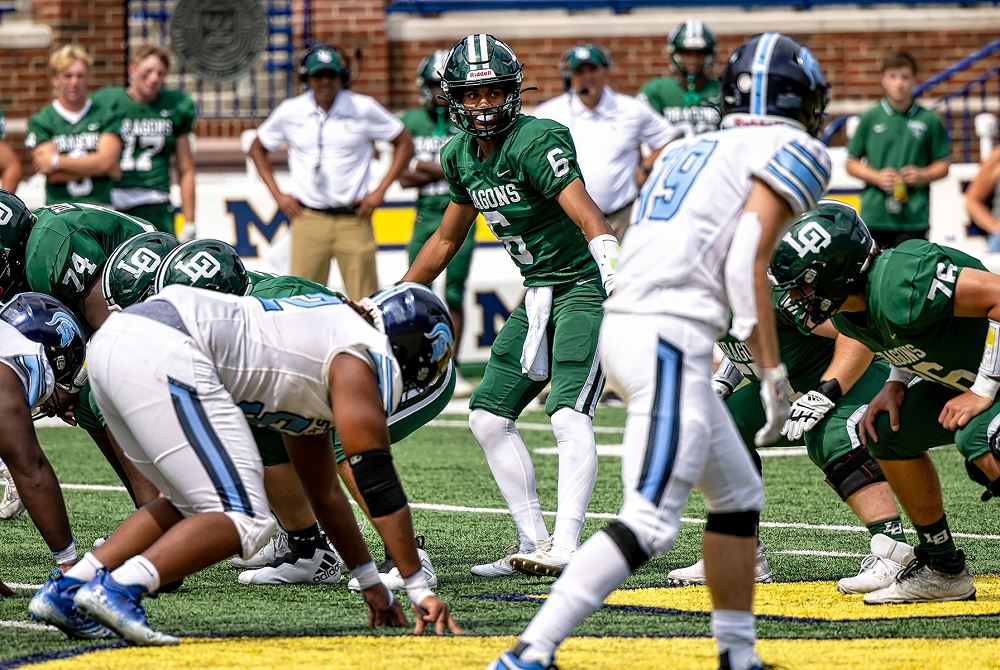
Be the Referee: Blindside Blocks
August 24, 2017
This week, "Be the Referee" with MHSAA assistant director Mark Uyl returns with the first of a three-part series on football rules changes for 2017, this one on blindside blocking.
Be The Referee is a series of short messages designed to help educate people on the rules of different sports, to help them better understand the art of officiating, and to recruit officials.
Below is this week's segment – Blindside Blocks - Listen
We're going to start the new school year with a three-part series on football rule changes.
There may be no hit in football that generates more "ohs" and “ahs" than the blindside hit. It's also one of the most dangerous hits in the game.
The defensive player in pursuit of the runner, who does not have a reasonable opportunity to see the oncoming blocker, is considered defenseless. In keeping with putting player safety first, national rules now allow blocking from the blindside only when contact is initiated with the hands – achieving the same effect without all the contact.
That big blindside hit will now result in a 15-yard penalty and possible ejection from the game.
Next week, we'll look at changes to rules covering onside kicks.

Be the Referee: Football Rules Similarities
By
Sam Davis
MHSAA Director of Officials
August 30, 2023
Be The Referee is a series of short messages designed to help educate people on the rules of different sports, to help them better understand the art of officiating, and to recruit officials.
Below is this week's segment – Football Rules Similarities - Listen
Last week we highlighted some major differences between high school football and the college and pros. This week — how about some of the things that are similar?
New as of last year is the addition of a tackle box when judging intentional grounding. In high school, like college and pros, the QB must be outside of the tackle box and throw it past the line of scrimmage for it to NOT be intentional grounding.
Horse collar tackles are penalties at all three levels of play. The ball carrier must be pulled down backward or to one side for there to be a foul … but if there is, it’s 15 yards.
And a receiver at the high school level needs to have a body part down in bounds, the same as in college. But the NFL requires two feet in for a catch.
Previous Editions
Aug. 23: Football Rules Differences - Listen
(PHOTO by Douglas Bargerstock.)

